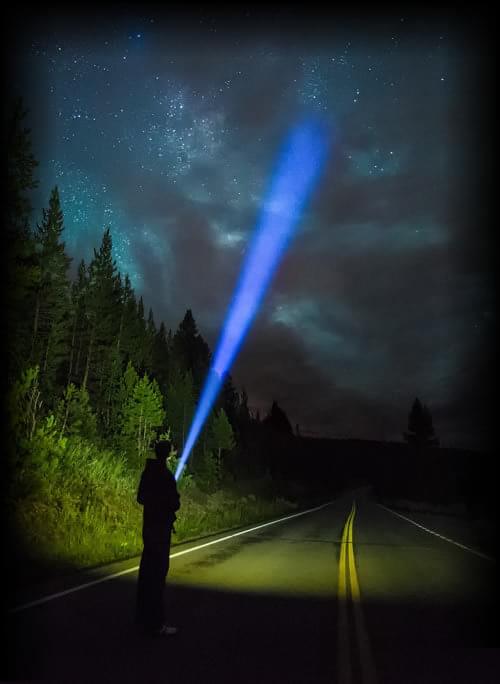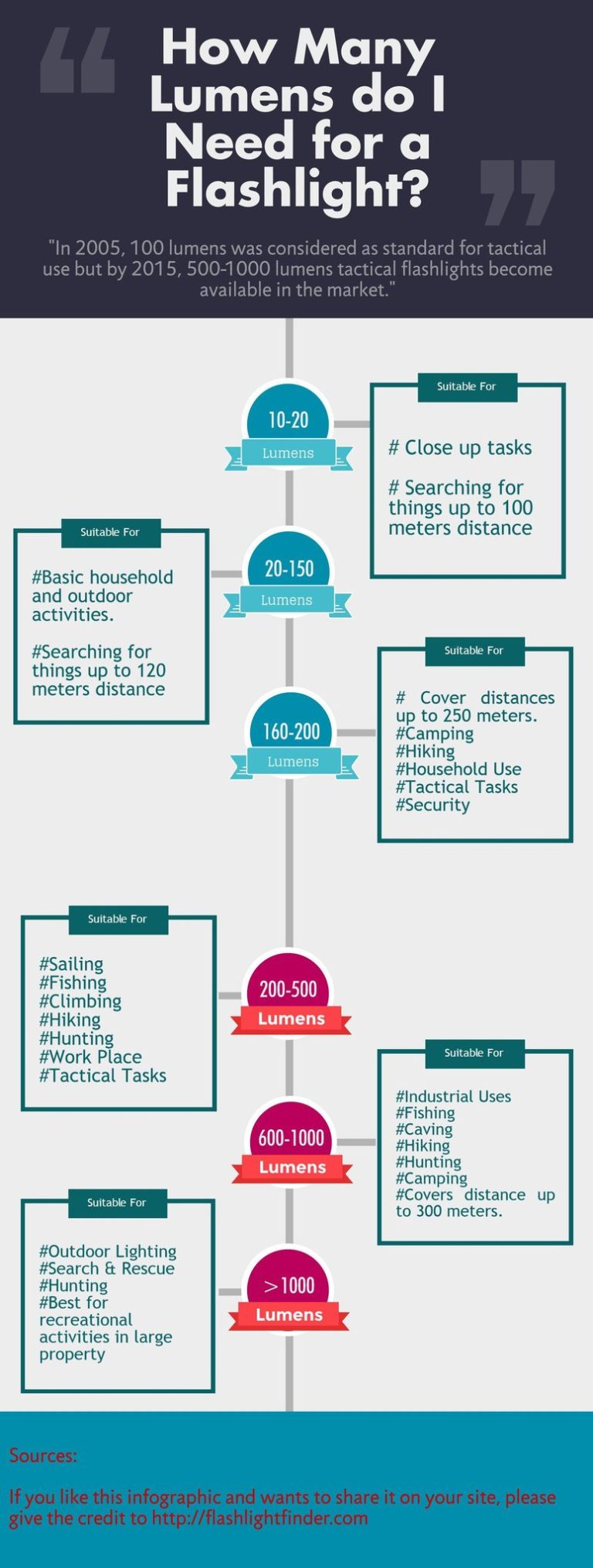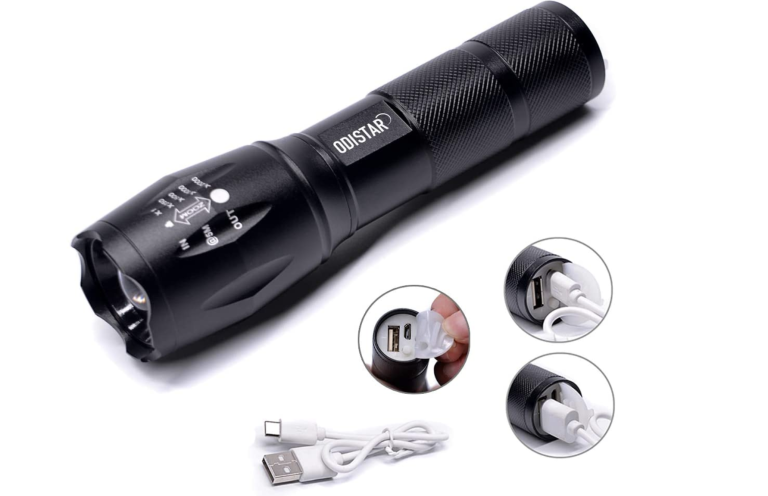If you’ve watched movies and TV shows, you might have seen blue light flashlights being used often during crime scenes and investigations. I myself always wondered why blue light instead of other lights, well I finally figured it out, and surprisingly it’s not only used for crime scene investigations, but there are many other applications for blue light as well.
Because of the wavelength of the color blue, it does not affect your night vision, it makes it easier to see fluids such as blood and cutting through water/fog. Thus, blue light comes in very handy during crime scene investigations, but there are more uses!
Fishermen use it to attract and see fish at night because that’s when they are most visible and relaxed. Hunters as well use blue light to track down game when they are wounded and dripping fluids.
The Science Behind Blue Light

Blue light occupies a particular range within the visible light spectrum. Its wavelength is approximately between 450 and 495 nanometers. This specific range confers it with unique properties which make it extremely useful in a variety of applications.
Blue light has a shorter wavelength than most other colors in the spectrum, enabling it to penetrate water and fog more effectively. It cuts through these barriers more efficiently, allowing a clearer view of what’s ahead. Imagine a misty night out on the sea. A blue light flashlight can provide a clearer path than a regular flashlight, making it an essential tool for maritime and fog-prone environments.
Practical Applications of Blue Light Flashlights
1. Law Enforcement
Blue light flashlights are a valuable tool for law enforcement agencies. The unique properties of blue light can assist in identifying bodily fluids, including blood, which fluoresce under blue light. This is particularly useful at crime scenes where evidence collection is vital.
2. Outdoor Sports and Activities
Whether you’re a seasoned angler or an enthusiastic camper, blue light flashlights can serve you well. The blue light attracts fish and can be used for night fishing. Moreover, it’s less attractive to insects, making your camping experience more enjoyable and bug-free.
3. Leak Detection
Did you know that blue light flashlights can help you spot leaks? Many automotive and HVAC professionals use blue light combined with a fluorescent dye to detect leaks. The blue light causes the dye to glow, identifying the leak’s exact location.
4. Counterfeit Detection
A handy tool for anyone dealing with documents or currency, blue light flashlights can detect counterfeit bills, fake IDs, and unauthorized documents. The UV-reactive ink used in these items will glow under the blue light, helping you spot frauds.
5. Gemology and Mineralogy
Gemologists and mineralogists also find blue light flashlights useful for identifying certain types of minerals and gemstones that fluoresce under blue light, making it an excellent tool for their detailed work.
Frequently Asked Questions
Are blue light flashlights harmful to the eyes?
While blue light can potentially cause eyestrain, using a blue light flashlight as intended is generally safe. However, avoid looking directly into the light for extended periods.
Can I use a blue light flashlight for general use?
Yes, a blue light flashlight can be used for general purposes, but keep in mind it has specific applications where it excels. For regular lighting, a standard white light flashlight might be more suitable.
Do all blue light flashlights detect bodily fluids?
Most blue light flashlights can make certain bodily fluids visible, but not all. This feature also depends on the specific wavelength of the blue light. For forensic applications, it’s best to use professional-grade equipment.
Do blue light flashlights cost more than regular flashlights?
The price of blue light flashlights can vary depending on the brand, features, and build quality. They might be slightly more expensive than regular flashlights due to their specialized use.



